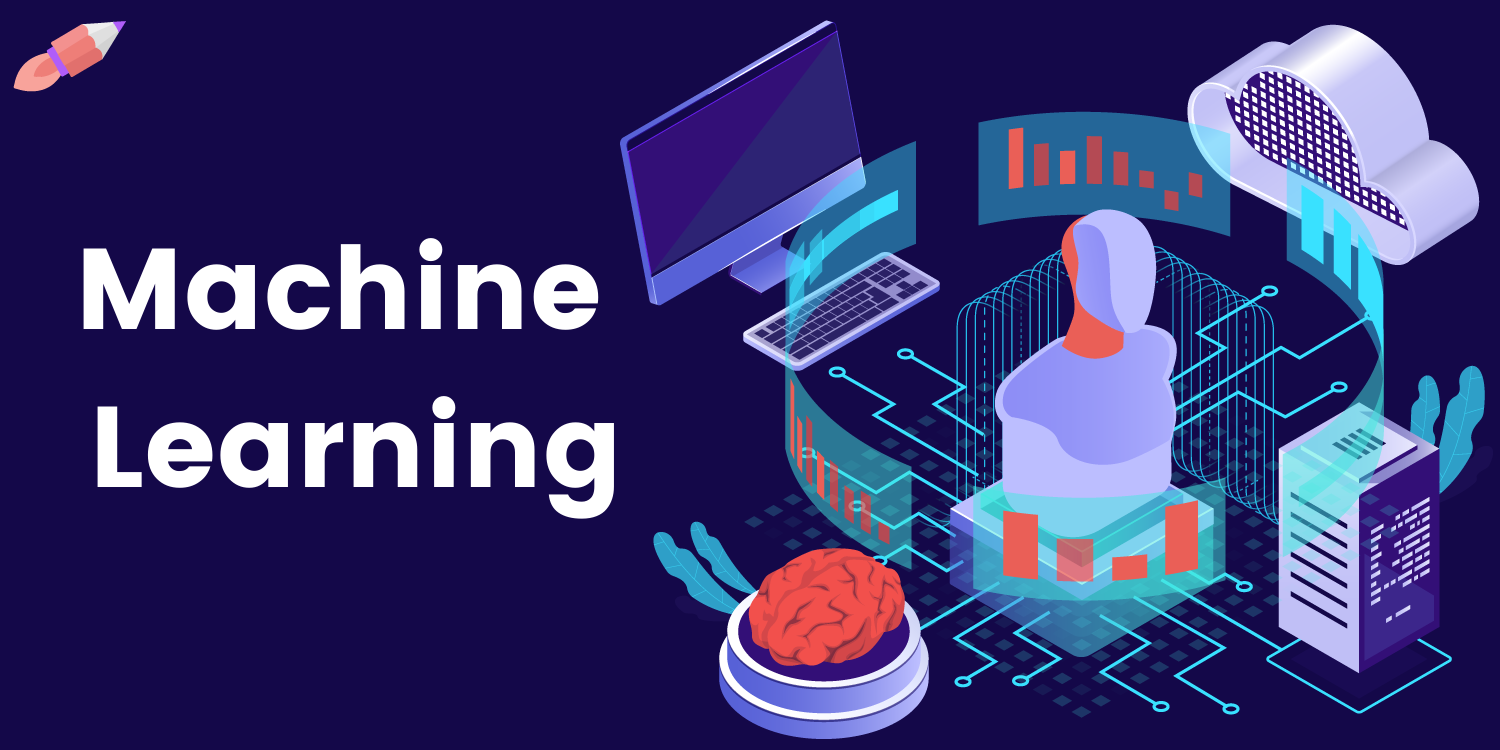
Data can be described as observations that have already been measured and communicated in such a way that they are understandable by both the recorder or the reader. Although people are not data they can be recorded as observations. Digital photographs of people or videos of dancing are examples. It is a form advanced analytics that allows real time analysis of huge data sets as well as predictive modeling. Science can thus gain insights into human behavior.
Data are observations that have been measured and communicated in a manner that is understandable to the recorder as well as the reader.
Data is used to support scientists' findings when they report them. Data is information that has been collected from multiple sources. It can be gathered at different scales, including over a single day, or over a period of time. While one scientist might collect data for a particular study, many scientists could be involved in the research. Data are essential to scientific research as they can be used to support multiple arguments and ideas.
It is a form a advanced analytics
Advanced analytics refers to the analysis of data in order to find patterns and predict high-level future events. Advanced analytics helps organizations solve complex business problems, whether they are using log data or smart application. They can spot patterns, trends and other insights that traditional BI reports can't. This type combines artificial intelligence and historical data in order to find solutions to problems across a range of industries.

It allows real-time analysis on large data sets
Real-time analytics allows you to analyze data quickly and efficiently. This allows organizations to quickly take action and detect trends and patterns in their users' behavior. These real-time analytics are also useful for businesses to identify statistical anomalies and fraud in their data. This technology is used in many areas of science and business. Read on to discover more about the real-time benefits of analytics.
It enables predictive modeling
Data in science can be used for prediction of outcomes to increase production efficiency and improve business operations. Predictive models can be used to forecast TV ratings, corporate earnings, and sports. If data isn't properly cleaned and managed, it can be useless. Overfitting can lead to data being too large and causing the model to fail to perform as expected. In order to implement predictive modeling successfully, organizations need to consider the technical challenges and how people behave.
It enables pattern recognition
Pattern recognition techniques are a benefit to many businesses. They are able predict market trends and place people in the right places to maximize output and productivity. These techniques have a wide range of applications, including image processing, speech recognition, fingerprint recognition, aerial photo interpretation, optical character recognition in scanned documents, and medical imaging. The data behind data analytics is derived from this technique. This technique can also be used to recognize patterns and predict the performance of stock markets.
It allows sentiment analysis
Sentiment analysis is a great way to monitor customer satisfaction and improve services and products. Companies can analyze customer opinions and reviews on social media to improve their products or services. In the political and social sciences, this method can also be used to gauge reaction and trends. It can be used for market research and surveys. Businesses generate huge amounts data every day, so it is important to use this data to find out how people react to products and/or services.

It improves customer service
Data Science allows brands and individuals to enhance their customer experience by providing them with personalized information. Machine learning algorithms can identify minor product issues that an average customer might miss. Similar to machine learning algorithms, data can be used by brands to detect small signs of failure in machinery and alert technicians before quality issues occur. Data can help companies create customized experiences that will increase customer loyalty and sales. Data science can combine these tools to offer personalized information to each customer and help improve the customer experience.
FAQ
What does AI mean today?
Artificial intelligence (AI), also known as machine learning and natural language processing, is a umbrella term that encompasses autonomous agents, neural network, expert systems, machine learning, and other related technologies. It's also known by the term smart machines.
Alan Turing, in 1950, wrote the first computer programming programs. He was fascinated by computers being able to think. He proposed an artificial intelligence test in his paper, "Computing Machinery and Intelligence." The test tests whether a computer program can have a conversation with an actual human.
John McCarthy in 1956 introduced artificial intelligence. He coined "artificial Intelligence", the term he used to describe it.
There are many AI-based technologies available today. Some are easy to use and others more complicated. These include voice recognition software and self-driving cars.
There are two main categories of AI: rule-based and statistical. Rule-based AI uses logic to make decisions. For example, a bank balance would be calculated as follows: If it has $10 or more, withdraw $5. If it has less than $10, deposit $1. Statistic uses statistics to make decision. For instance, a weather forecast might look at historical data to predict what will happen next.
What are some examples AI apps?
AI can be used in many areas including finance, healthcare and manufacturing. Here are a few examples.
-
Finance - AI can already detect fraud in banks. AI can scan millions of transactions every day and flag suspicious activity.
-
Healthcare – AI is used for diagnosing diseases, spotting cancerous cells, as well as recommending treatments.
-
Manufacturing - AI in factories is used to increase efficiency, and decrease costs.
-
Transportation - Self driving cars have been successfully tested in California. They are currently being tested all over the world.
-
Utilities use AI to monitor patterns of power consumption.
-
Education - AI is being used for educational purposes. Students can communicate with robots through their smartphones, for instance.
-
Government - AI is being used within governments to help track terrorists, criminals, and missing people.
-
Law Enforcement - AI is used in police investigations. The databases can contain thousands of hours' worth of CCTV footage that detectives can search.
-
Defense – AI can be used both offensively as well as defensively. In order to hack into enemy computer systems, AI systems could be used offensively. For defense purposes, AI systems can be used for cyber security to protect military bases.
How will governments regulate AI?
AI regulation is something that governments already do, but they need to be better. They need to make sure that people control how their data is used. Companies shouldn't use AI to obstruct their rights.
They need to make sure that we don't create an unfair playing field for different types of business. If you are a small business owner and want to use AI to run your business, you should be allowed to do so without being restricted by big companies.
What is the future of AI?
The future of artificial intelligent (AI), however, is not in creating machines that are smarter then us, but in creating systems which learn from experience and improve over time.
We need machines that can learn.
This would involve the creation of algorithms that could be taught to each other by using examples.
We should also consider the possibility of designing our own learning algorithms.
It is important to ensure that they are flexible enough to adapt to all situations.
Is there another technology which can compete with AI
Yes, but not yet. There have been many technologies developed to solve specific problems. All of them cannot match the speed or accuracy that AI offers.
Statistics
- More than 70 percent of users claim they book trips on their phones, review travel tips, and research local landmarks and restaurants. (builtin.com)
- That's as many of us that have been in that AI space would say, it's about 70 or 80 percent of the work. (finra.org)
- In the first half of 2017, the company discovered and banned 300,000 terrorist-linked accounts, 95 percent of which were found by non-human, artificially intelligent machines. (builtin.com)
- The company's AI team trained an image recognition model to 85 percent accuracy using billions of public Instagram photos tagged with hashtags. (builtin.com)
- By using BrainBox AI, commercial buildings can reduce total energy costs by 25% and improves occupant comfort by 60%. (analyticsinsight.net)
External Links
How To
How to build a simple AI program
You will need to be able to program to build an AI program. Many programming languages are available, but we recommend Python because it's easy to understand, and there are many free online resources like YouTube videos and courses.
Here's a brief tutorial on how you can set up a simple project called "Hello World".
First, open a new document. This can be done using Ctrl+N (Windows) or Command+N (Macs).
Then type hello world into the box. Enter to save the file.
Now press F5 for the program to start.
The program should say "Hello World!"
This is just the start. These tutorials will show you how to create more complex programs.